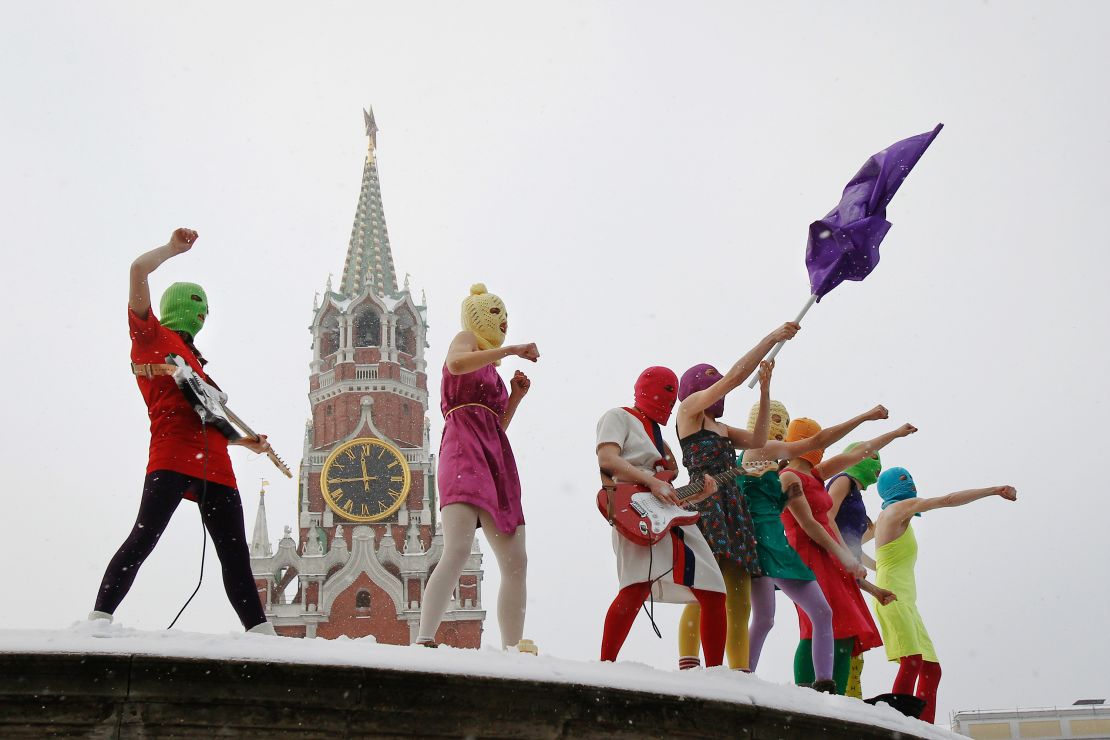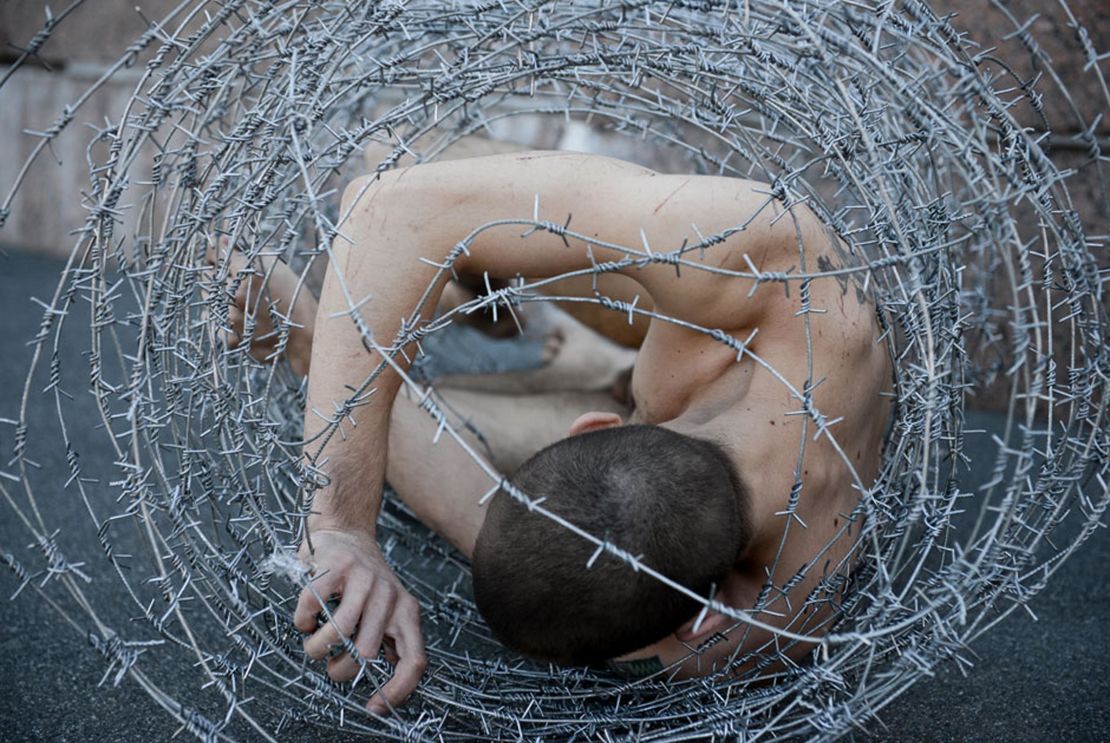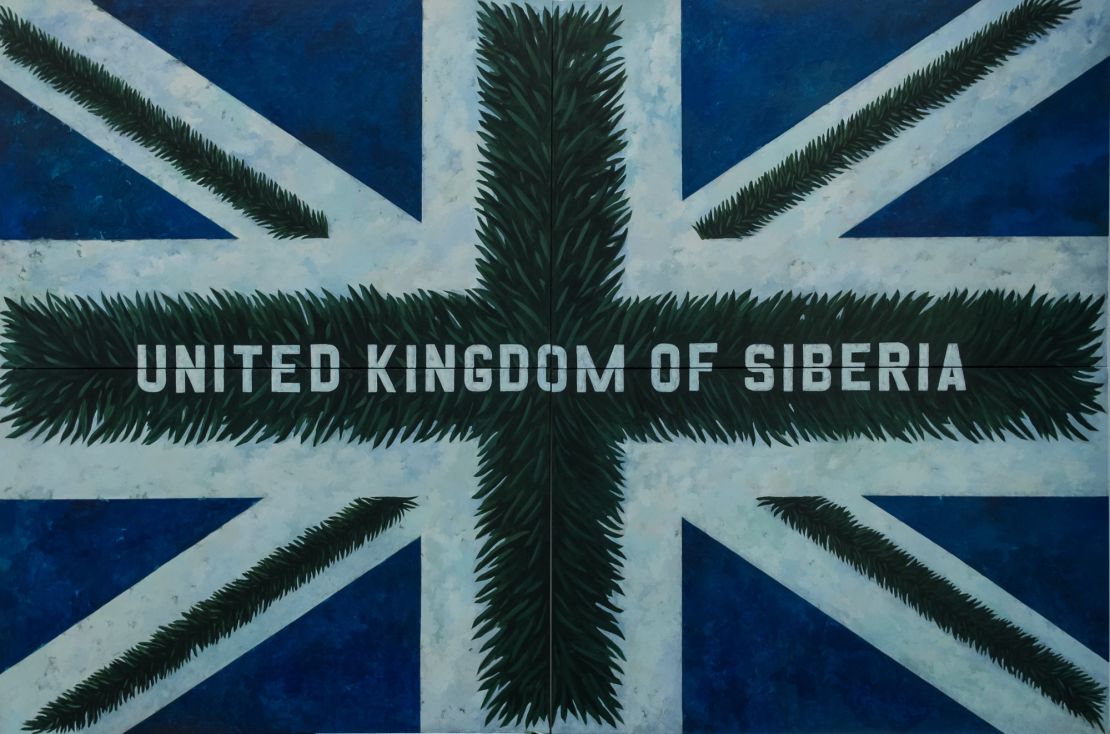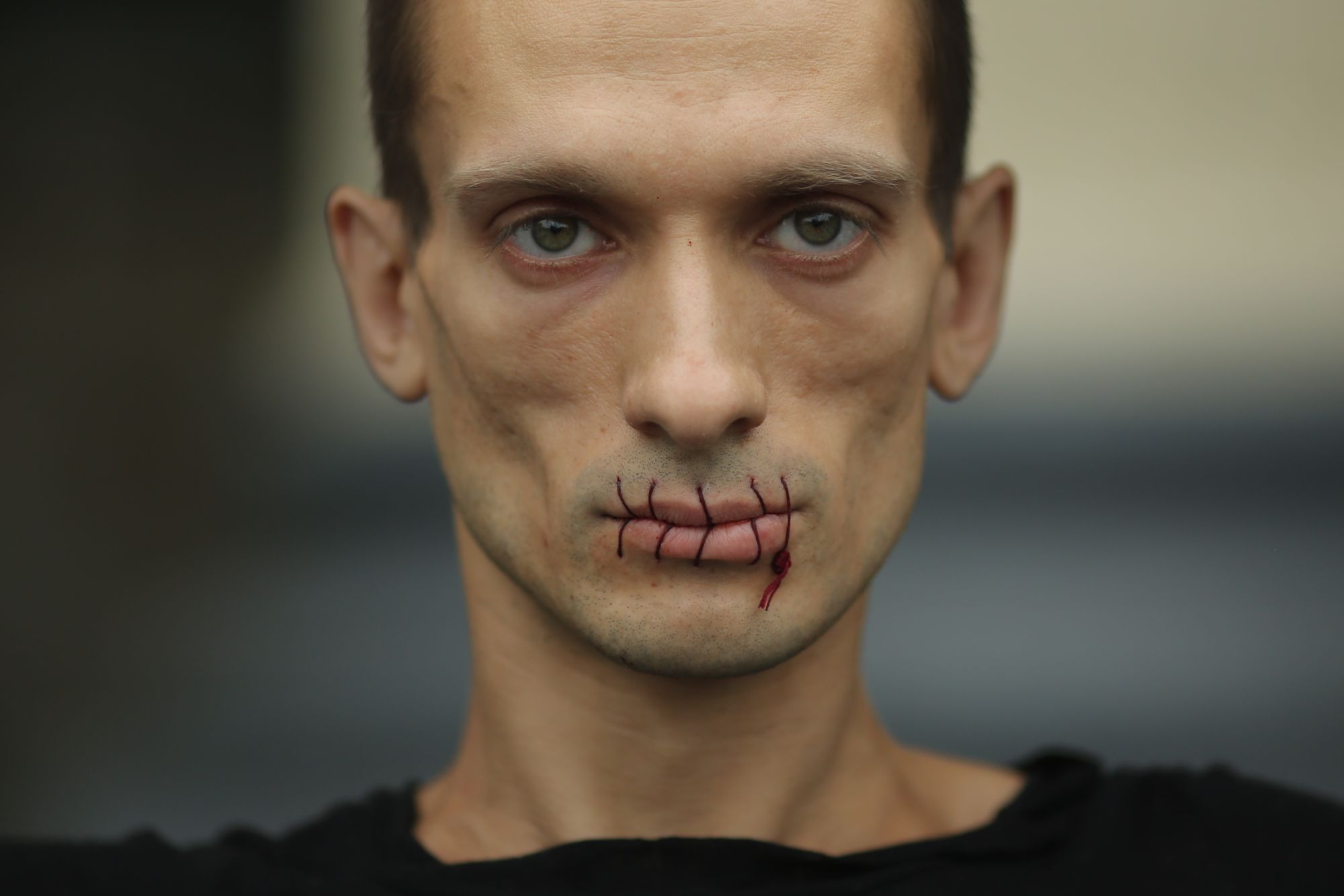Editor’s Note: Marat Guelman is a Russian art curator living in Montenegro. His most recent exhibition, “Art Riot: Post-Soviet Actionism,” opened at London’s Saatchi Gallery on Nov. 16, 2017. The opinions in this article belong to the author.
Artists have always held a special place in Russian society. My father, the playwright Alexander Guelman, was well known in the 1970s and was once lauded by Mikhail Gorbachev as the father of perestroika , the movement for reform within the Communist Party. At that time, theater was changing the perceptions of an entire generation.
During the period of glasnost (“openness”) in the mid-1980s, restrictions on forbidden books were relaxed . This newly available literature allowed people to evaluate society in ways that had previously been suppressed by communist propaganda.
The return of the great writer Alexander Solzhenitsyn from exile in 1994 became symbolic of a new era. But by this time, rock music had taken over the roles previously held by theater and literature. The creativity of acts like Mashina Vremeni, Boris Grebenshikov and DDT led the charge for a new, open world. The whole country knew the lyrics by Kino’s lead singer Viktor Tsoi: “Our hearts demand change.”
Now, social debate in Russia has been catalyzed by contemporary art, and provocative performances have proven the most effective medium for influencing public opinion. Artists have their fingers firmly on the pulse of the rapid changes taking place in Russian society.
A new subversion

Until 2012, many of us assumed that, after communism, Russia would develop as a democracy. The authorities paid lip service to European values, but after Putin’s reelection in 2012, Russia’s work-in-progress democracy transformed into a stereotypical autocracy.
The Russian government dropped any pretense of appearing Western; officials stopped trying to hide the wealth they had accumulated through corruption ; and the media was increasingly regarded as a tool of state propaganda. Courts became punitive rather than judicial bodies, with political disagreements treated as criminal conduct .
In these circumstances, even the most politically engaged segment of Russian society became despondent and apathetic. After all, as one often hears uttered in Russia, “There’s nothing we can do.”
Just two weeks before Putin’s reelection, Pussy Riot emerged with their raucous prayer “Mother of God, Drive Putin Away!” After the song was performed in Moscow’s largest cathedral, the Orthodox Cathedral of Christ the Savior, news of this extraordinary protest spread, and the video was watched by millions online. When the band was subsequently arrested on hooliganism charges, an epic saga with almost daily episodes began: Pussy versus Putin.
Pussy Riot became the anti-Putin on every level. He is a man, they are women; he is old, they are young; he is gray, they are brightly colored; he is rich, they have nothing; he is in the Kremlin, they were in prison.
Pussy Riot’s trial, and the imprisonment of two members, drew global attention to Russia’s seemingly biased judiciary, and their treatment highlighted the fate that befalls many political prisoners: Amnesty International called the court’s decision “a bitter blow to freedom in Russia.”

Then came Pyotr Pavlensky. In contrast to Pussy Riot’s outspoken approach, he demonstrated the strength of the weak. There was nothing the government could take away from him, because he didn’t have anything to lose.
His politically referential performances are often exercises in self-harm. He sewed his mouth shut (“Seam,” 2012) and entangled himself in a barbed wire cocoon (“Carcass,” 2013); he cut off his earlobe (“Segregation,” 2014) and nailed his scrotum to the Red Square (“Fixation,” 2013).
Though he has been arrested on multiple occasions and forced to undergo psychiatric evaluations, the authorities can do little more to him. After all, what threat is prison to a man who commits such violence upon himself?
Through Pavlensky, society saw how a single person could oppose the state’s machinery of violence. In turn, hope has arisen that people like him will help the country turn a page in its history and move beyond its present stagnation.
Artistic awakening
Russia’s descent into authoritarianism has led to a crackdown on everything from supporting homosexuality and offending Orthodox Christians to criticizing authorities.
In 2013, when I was director of the Perm Museum of Contemporary Art, we hosted Siberian artist Vasily Slonov’s “Welcome! Sochi 2014,” an exhibition that mocked the 2014 Winter Olympics. The exhibition was shut down the authorities, and I was dismissed from the museum. Two years later, I was evicted from my Moscow gallery space after hosting a fundraising exhibition for political prisoners who had protested Putin’s 2012 reelection.
But resisting such restrictions has offered another important artistic strategy. Siberian artist Damir Muratov does so by tackling the centralization of power through the language of art. He has created a separatist Siberian state from his own home (which he calls Bednotown, or “poor city”), which has many of the hallmarks of a real country: a coat of arms, a flag, a postal stamp and a currency. I once saw images of Muratov’s works when I was being interrogated at a police station, but he has managed to avoid arrest and imprisonment so far – likely because his separatist sentiments are confined to art.

Just as the Bolsheviks did 100 years ago, following the October Revolution, today’s Russian government is trying to make art serve the state and further the government’s ideology. However, only the most incompetent artists willingly serve this cause.
The artistic community at large rarely sees eye to eye with the state. This conflict may not always boil over, but it exists because of a fundamental truth: Artists will always seek to be open to the world, looking to the future and seeing their place in it. By contrast, Putin’s rule is characterized by the rhetoric of isolation and Russian nationalism, looking to the past for traces of former glory.
Perhaps because of this, a sense of alienation is growing among the Russian people. In the artistic community, more clearly than anywhere else, one can see the green shoots of a new Russia rising.
“Art Riot: Post-Soviet Actionism” is on at London’s Saatchi Gallery until Dec. 31, 2017.
Top image: “Seam” (2012) by Pyotr Pavlensky
